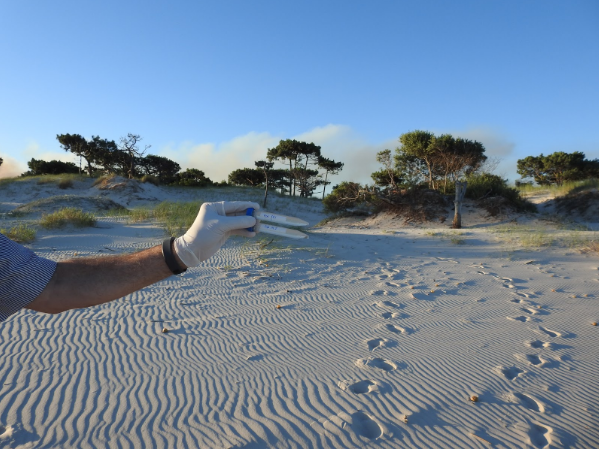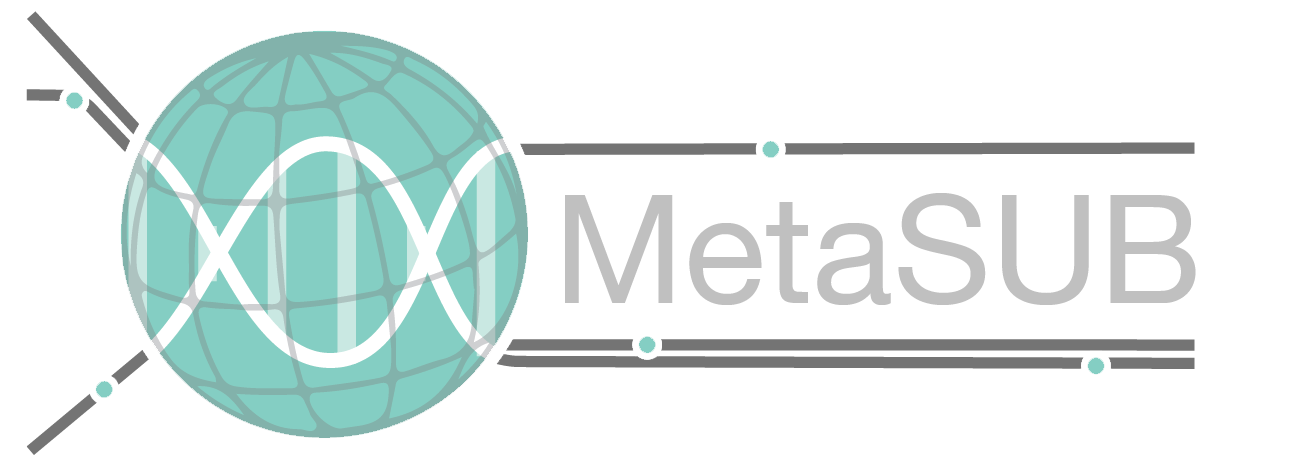MetaBEA (Metagenomics analysis of the BEAches in Montevideo, Canelones and Maldonado, Uruguay) is a project to analyze the quality of the beaches for health, promotional and improvement purposes. This project is currently run by Gaston Gonnet, Gregorio Iraola and Ricardo Ehrlich at the Institut Pasteur, Montevideo. MetaBEA has three main purposes/ideas:
- As a guarantee that the beaches are not unhealthy, for the city authorities, for the general population and for the Ministry of Health. Beach certification is currently done by the Intendencia Municipal de Montevideo (IMM). But the current process is purely microbiological (identification, cultivation, quantification) and of few species. Currently only coliforms. Occasionally some other pathogen is suspected and then analyzed. This is in the wrong order, as we want to identify the pathogens as early as possible to warn the authorities/population and not when an epidemic has developed. By taking several samples at different times of the year we will develop a baseline. Once we have a baseline, warnings will be issued when we notice pathogens appearing significantly above the baseline. Furthermore, it is quite possible that this process using metagenomics will be cheaper than the standard processes which are lab intensive.
- As a promotional tool for the Ministry of Tourism. The tourism industry is a crucial component of the uruguayan economy and the main attractions are beaches and summer water activities.
- Once a persistent problem is found, the metagenomic results may allow us to locate its source (e.g. by its species signature or, by more extensive sampling to approximate the location of the source or by sampling nearby affluents). Once the source is precisely known, half of the problem is solved. Then usually a small/cheap/effective correction is possible. Quite often this comes from an illegal garbage dump or untreated sewage slipping by.
The samples are just seawater taken from the beaches in question. The samples can be taken from the beach itself (in this case the east side of the beaches is preferred, as it is generally less washed by the waves than the west side and hence provides a richer biological sample; on the River Plate the main direction of waves is east-west) or from a few hundred meters into the water (to improve the sample homogeneity, and to make the collection more efficient, as done by the IMM with GPS geo-location from small vessels). Determining which samples give better results will be one of the conclusions of the pilot. We have collected 25 samples from the east side of beaches. The IMM gave us 6 additional samples from their regular collection. Three of these samples have been analyzed for 16S and 18S and the preliminary reports presented to the IMM (May27, Aug08). The complete results for the 16S analysis can be found here. The 25 samples from the coast have been sent to Mason’s lab in New York for shotgun metagenomic analysis and a preliminary report was presented at MetaSUB-Shanghai (Montevideo part).



